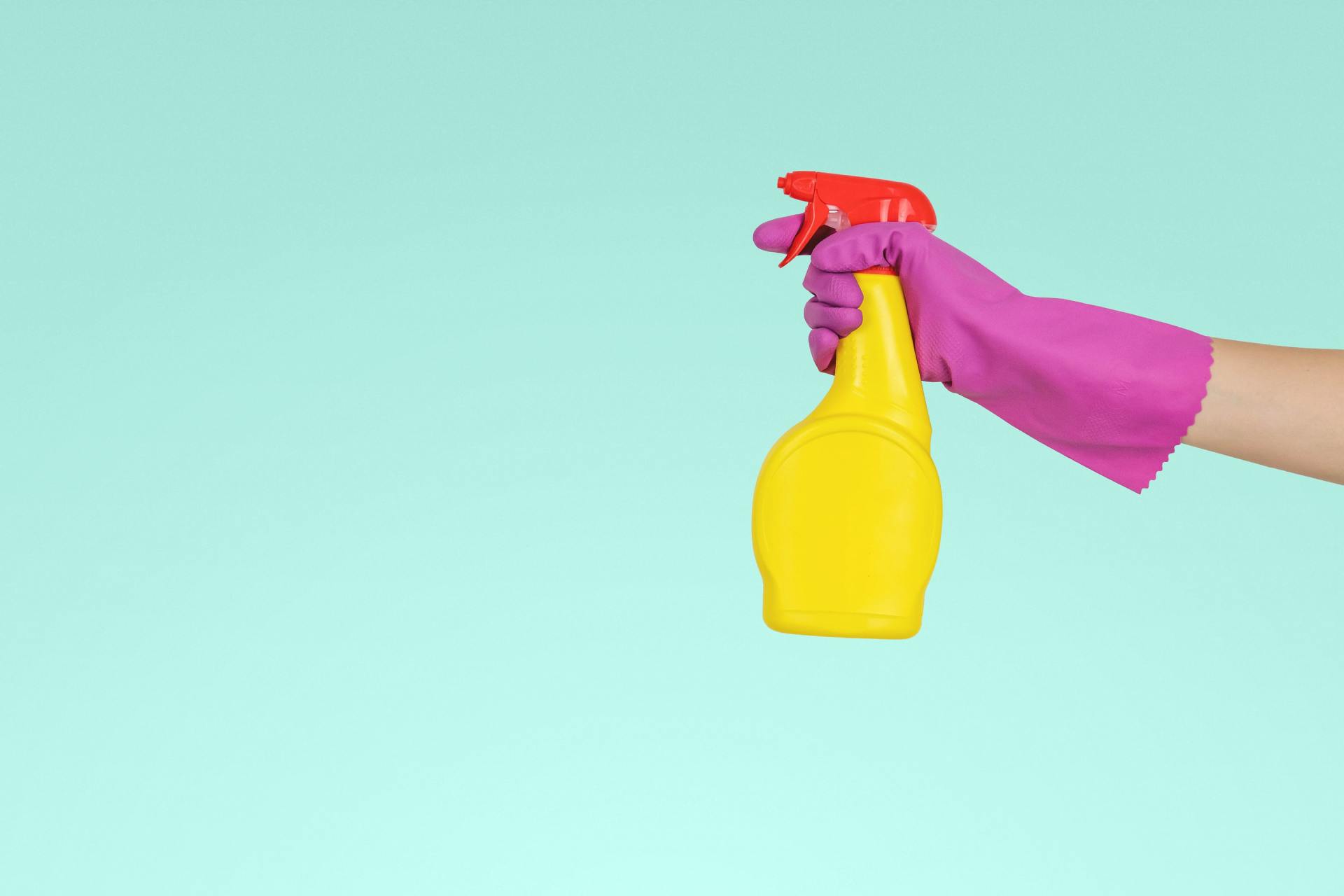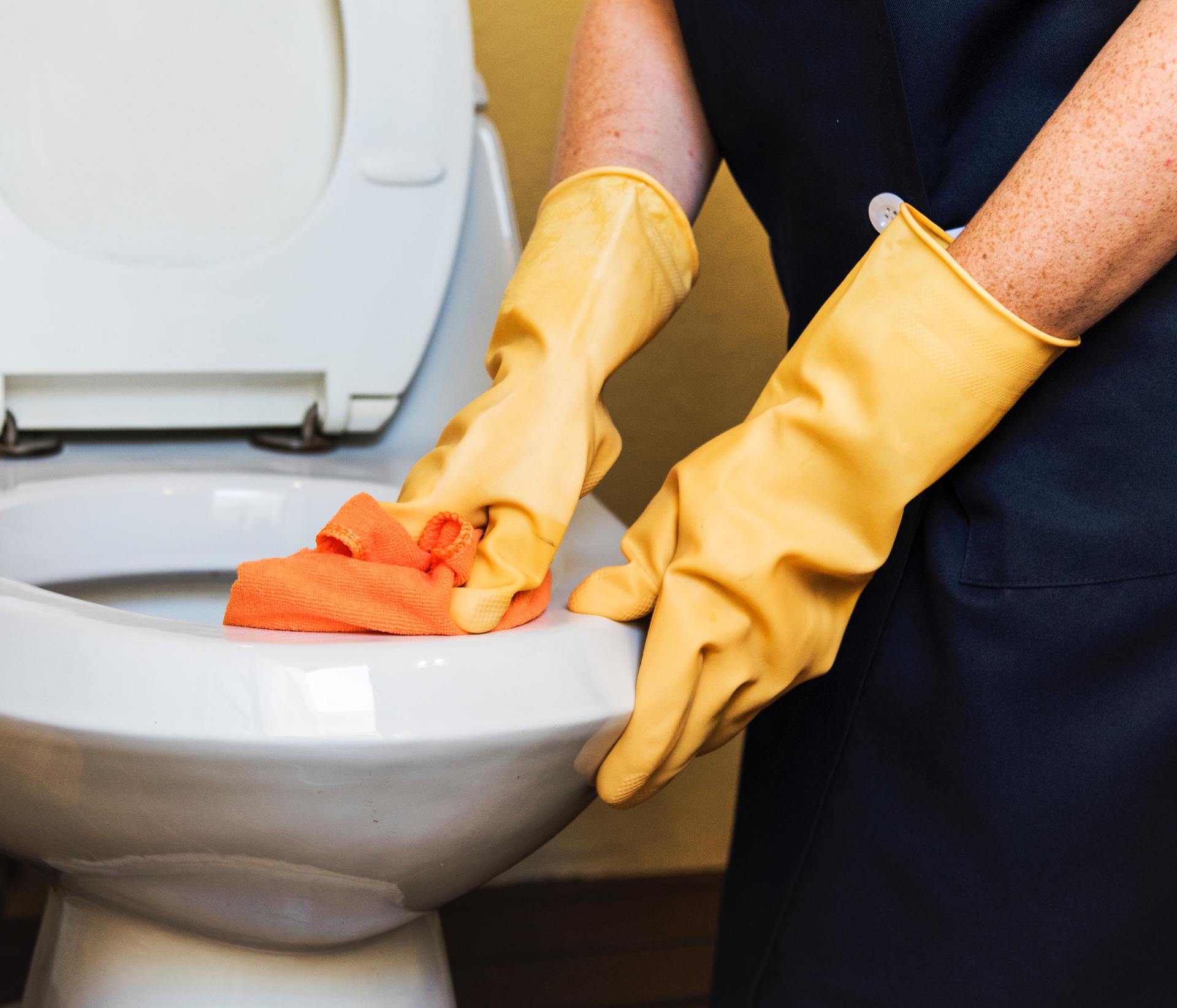Journal of Occupational and Environmental Medicine 2003
Blog Owner • April 2, 2003
A study of confirmed cases of work-related asthma in four states found that 12 percent were associated with exposure to cleaning chemicals. Of these, 80 percent were new onset cases and 20 percent were work-aggravated cases.
K. Rosenman, M. Reilly, and D. Schill, “Cleaning Products and Work-Related Asthma,” Journal of Occupational & Environmental Medicine 45, 3 (2003): 556–63.
K. Rosenman, M. Reilly, and D. Schill, “Cleaning Products and Work-Related Asthma,” Journal of Occupational & Environmental Medicine 45, 3 (2003): 556–63.

Comprehensive longitudinal studies are important for understanding the complex risk factors, pathways, exposures and interactions that lead to the development and persistence of asthma. We aimed to examine associations between use of household cleaning products in early life and childhood respiratory and allergic disease using data from the Canadian Healthy Infant Longitudinal Development (CHILD) Cohort Study

Fragrance affects us all. For some, it can enhance a moment, invoke a memory, or even improve a mood. As consumers, we seek it out in all kinds of products we use in our everyday lives. And for many of us, there’s a positive sensory experience associated with fragrance. But unfortunately, this may not be without consequence.

America's Children and the Environment (ACE)
America's Children and the Environment (ACE) is EPA's report presenting data on children's environmental health. ACE brings together information from a variety of sources to provide national indicators and related information on the environment and children's health.










